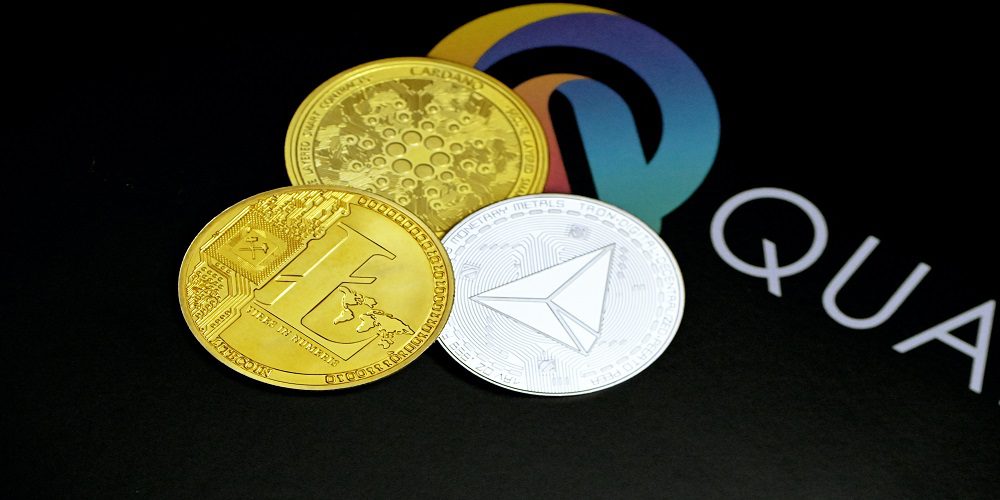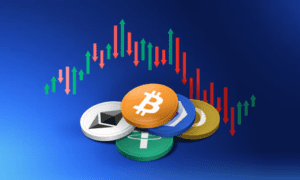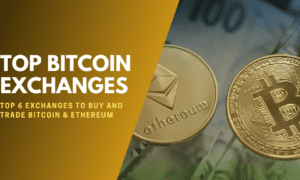Introduction
In the dynamic realm of cryptocurrencies, altcoins have emerged as compelling alternatives to the well-established Bitcoin. As the crypto market continues to evolve, investors are increasingly drawn to the diverse features and potential benefits offered by these alternative digital currencies. In this article, we’ll delve into some of the most popular altcoins on the market and provide valuable tips for navigating this ever-changing landscape.
Unveiling Popular Altcoins
1. Ethereum (ETH)
Overview: Ethereum, often considered the pioneer of smart contracts, has evolved into a comprehensive blockchain platform. Founded by Vitalik Buterin in 2015, Ethereum facilitates decentralized applications (dapps) and executes self-executing smart contracts.
Unique Features:
a. Smart Contracts: Ethereum’s scripting language allows developers to create complex smart contracts, automating various functions without the need for intermediaries.
b. Decentralized Autonomous Organizations (DAOs): Ethereum enables the creation of DAOs, which are entities governed by smart contracts and the votes of their members.
Recent Developments:
a. EIP-1559: Ethereum Improvement Proposal 1559 introduced changes to the transaction fee model, aiming to make fees more predictable and reduce volatility.
b. Ethereum 2.0: Ethereum is undergoing a significant upgrade to Ethereum 2.0, transitioning from proof-of-work to proof-of-stake consensus for improved scalability and energy efficiency.
2. Ripple (XRP)
Overview: Ripple focuses on revolutionizing cross-border payments, emphasizing speed and cost-efficiency. Unlike many cryptocurrencies, Ripple collaborates with traditional financial institutions, positioning itself as a bridge between traditional finance and blockchain.
Unique Features:
a. XRP Ledger: Ripple utilizes the XRP Ledger, a decentralized blockchain that facilitates fast and low-cost transactions.
b. Partnerships: Ripple has formed partnerships with numerous banks and financial institutions worldwide to streamline cross-border payments.
Recent Developments:
a. Lawsuit with the SEC: Ripple has been embroiled in a legal battle with the U.S. Securities and Exchange Commission (SEC) over the classification of XRP as a security. The outcome of this lawsuit has significant implications for the future of Ripple and XRP.
3. Litecoin (LTC)
Overview: Litecoin, created by Charlie Lee in 2011, positions itself as “silver to Bitcoin’s gold.” It shares many similarities with Bitcoin but boasts faster block generation times and a different hashing algorithm.
Unique Features:
a. Scrypt Algorithm: Litecoin uses the Scrypt algorithm, allowing for faster block generation and confirming transactions more quickly than Bitcoin.
b. Segregated Witness (SegWit): Litecoin was among the first cryptocurrencies to adopt SegWit, enhancing scalability and reducing transaction costs.
Recent Developments:
a. MWEB Upgrade: Litecoin’s upcoming MimbleWimble Extension Block (MWEB) upgrade aims to enhance privacy and fungibility, making LTC transactions more confidential.
4. Bitcoin Cash (BCH)
Overview: Bitcoin Cash emerged in 2017 as a result of a hard fork from the Bitcoin blockchain. It aims to address some of Bitcoin’s limitations, particularly in terms of scalability and transaction speed.
Unique Features:
a. Larger Block Sizes: Bitcoin Cash increased the block size from 1 MB to 8 MB, allowing for more transactions per block and improving scalability.
b. Lower Transaction Fees: Larger block sizes contribute to lower transaction fees, making Bitcoin Cash more suitable for everyday transactions.
Recent Developments:
a. Protocol Upgrades: Bitcoin Cash regularly undergoes protocol upgrades to improve performance and address any identified issues.
5. Cardano (ADA)
Overview: Cardano, founded by Charles Hoskinson in 2015, emphasizes a scientific approach to its development. Its aim is to provide a secure and scalable platform for the development of smart contracts and decentralized applications.
Unique Features:
a. Ouroboros Consensus Algorithm: Cardano uses the Ouroboros proof-of-stake consensus algorithm, which aims to be more energy-efficient than traditional proof-of-work systems.
b. Layered Architecture: Cardano’s architecture consists of distinct layers, separating the ledger of account values from the reason why values move, allowing for flexibility and scalability.
Recent Developments:
a. Alonzo Upgrade: The Alonzo upgrade introduced smart contract functionality to the Cardano blockchain, enabling developers to create and deploy decentralized applications.
6. Binance Coin (BNB)
Overview: Binance Coin originated as an ERC-20 token on the Ethereum blockchain before migrating to the Binance Chain. It is the native cryptocurrency of Binance, one of the world’s largest cryptocurrency exchanges.
Unique Features:
a. Binance Chain: BNB is now native to Binance Chain, offering faster transaction confirmation and lower fees.
b. Utility Token: BNB is primarily used for paying trading fees on the Binance exchange but also has various use cases, including participation in token sales on the Binance Launchpad.
Recent Developments:
a. Binance Smart Chain: Binance introduced Binance Smart Chain, a parallel blockchain to Binance Chain, allowing for the creation of smart contracts and decentralized applications.
Tips for Choosing and Trading Altcoins
1. Conduct thorough research.
Before investing, delve into the project’s purpose, technology, team, and growth potential. Whitepapers, community forums, and social media channels provide valuable insights.
2. Consider market cap and liquidity.
Evaluate market capitalization for stability and liquidity. Higher market caps often indicate established coins with greater stability.
3. Diversify Your Portfolio
Minimize risk by diversifying across altcoins with different use cases and market caps.
4. Stay informed with industry news.
Cryptocurrency markets are influenced by news events. Stay updated to anticipate potential price fluctuations.
5. Beware of scams.
Exercise caution with lesser-known altcoins and conduct thorough due diligence to avoid fraudulent projects.
6. Use reputable exchanges.
Select exchanges with solid security measures, reasonable fees, and positive user reviews for trading altcoins.
7. Consider Long-Term Potential
Balance short-term gains with long-term potential by investing in projects with solid fundamentals and real-world use cases.
8. Set and Stick to a Budget
Establish a budget, only invest what you can afford to lose, and resist impulsive trades based on emotions.
9. Use technical analysis.
Leverage technical analysis tools to study charts and patterns for informed decision-making.
10. Implement stop-loss orders.
Mitigate losses by using stop-loss orders to automatically sell altcoins if their prices fall below predetermined levels.
The Future of Altcoins in the Cryptocurrency World
1. Increased Adoption
Growing familiarity with the benefits of cryptocurrency will drive demand for altcoins, leading to wider acceptance in everyday transactions.
2. Diversification
With a plethora of altcoins available, investors will likely diversify their portfolios to manage risk, aligning with traditional investment strategies.
3. Technological Advancements
Ongoing advancements in altcoin technology and innovative solutions to real-world problems may attract more investment, increasing their value over time.
4. Market competition
Healthy competition in the cryptocurrency space stimulates innovation, compelling developers to create superior products and compete with established players.
Conclusion
Altcoins present exciting opportunities for investors seeking diversity in the cryptocurrency market. While incorporating them into your portfolio can be rewarding, thorough research, caution, and staying informed are paramount. Remember to invest wisely, only what you can afford to lose, and remain vigilant in navigating the ever-evolving digital asset landscape.



































